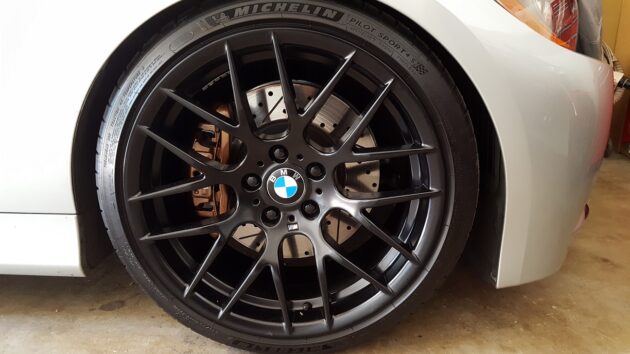
When you’re looking to buy new brake rotors, it’s important to understand the difference between slotted and drilled rotors. Both have pros and cons, so it’s important to consider all the factors before making a final purchase.
Knowing where to start can be complicated, but it doesn’t have to be. In this article, we’ll review both types of rotors so that you can make an informed decision.
Slotted Rotors

Source: safetybrakeandclutch.co.za
Slotted rotors have been gaining in popularity in recent years. Many believe they offer better braking performance than traditional, non-slotted rotors. The main advantage of slotted rotors is that they help to keep the brake pads clean.
Over time, brake pads can become clogged with dirt and debris. This can lead to reduced braking performance. Slotted rotors have channels that help to remove this debris, which keeps the pads clean and allows them to work more effectively.
Another advantage of slotted rotors is that they provide better cooling. The slots help to increase airflow around the rotor, which helps to keep it cooler during use. This can be especially helpful during heavy braking or in hot weather.
However, slotted rotors do have some disadvantages. One is that they tend to be noisier than traditional rotors. When the brakes are applied, the slots can cause a “squealing” sound.
Additionally, slotted rotors can be more difficult to bed in. This is the process of breaking in new brake pads and rotors. Therefore, it’s important to follow the manufacturer’s instructions carefully when bedding in new slotted rotors.
Drilled Rotors

Source: philkotse.com
Drilled rotors are another option that has become popular in recent years. Like slotted rotors, they offer some advantages and disadvantages.
One advantage of drilled rotors is that they help to keep the brake pads clean. The holes in the rotor act as a “scrubber” of sorts, scrubbing away debris that can build up on the pads. This helps to keep the pads cleaner and allows them to work more effectively.
Another advantage of drilled rotors is that they offer better cooling. The holes help to increase airflow around the rotor, which helps to keep it cooler during use. This can be especially helpful during heavy braking or in hot weather.
However, drilled rotors also have some disadvantages. One is that they can be more difficult to bed in. This is the process of breaking in new brake pads and rotors. Therefore, it’s important to follow the manufacturer’s instructions carefully when bedding in new drilled rotors.
Additionally, drilled rotors can be more susceptible to cracking. This weakness is because the holes provide a weak spot in the rotor that can crack under heavy use or extreme conditions.
Which Type of Rotor is Right For You?

Source: e90post.com
When it comes to the investment of your car, whether you’re shopping for insurance, the car itself, or parts like a rotor, it’s important to consider all factors before deciding. For example, slotted or drilled rotors may be a good choice if you do a lot of hard braking or live in a hot climate.
However, if you are concerned about noise or bedding in new rotors, traditional, non-slotted rotors may be a better option. Ultimately, the decision is up to you.



